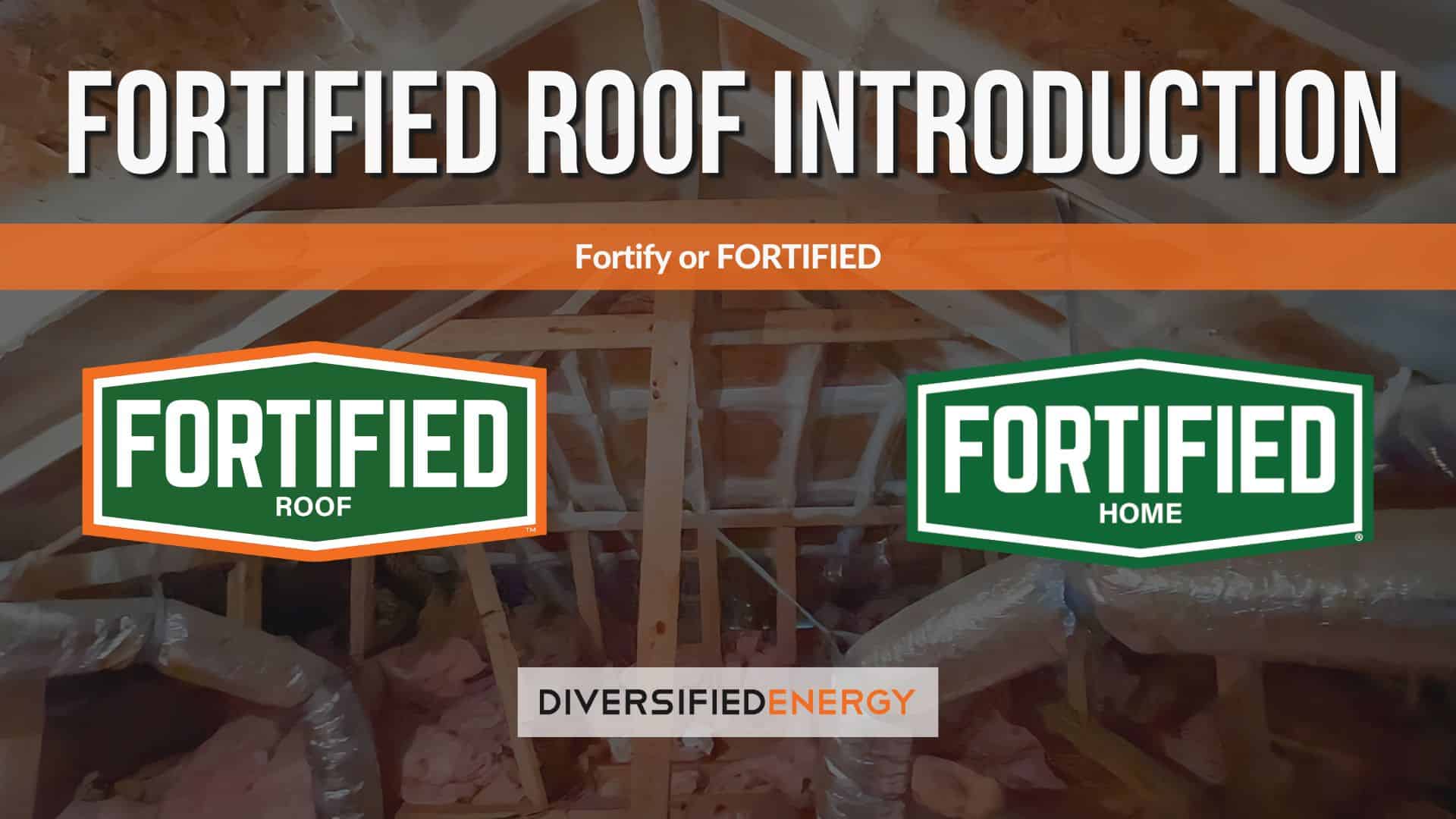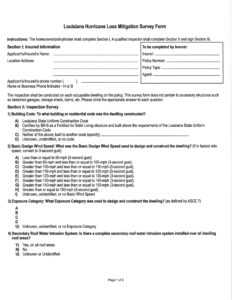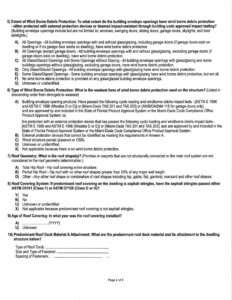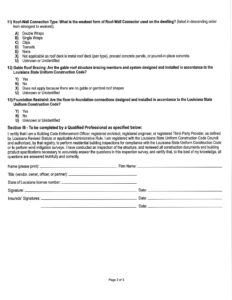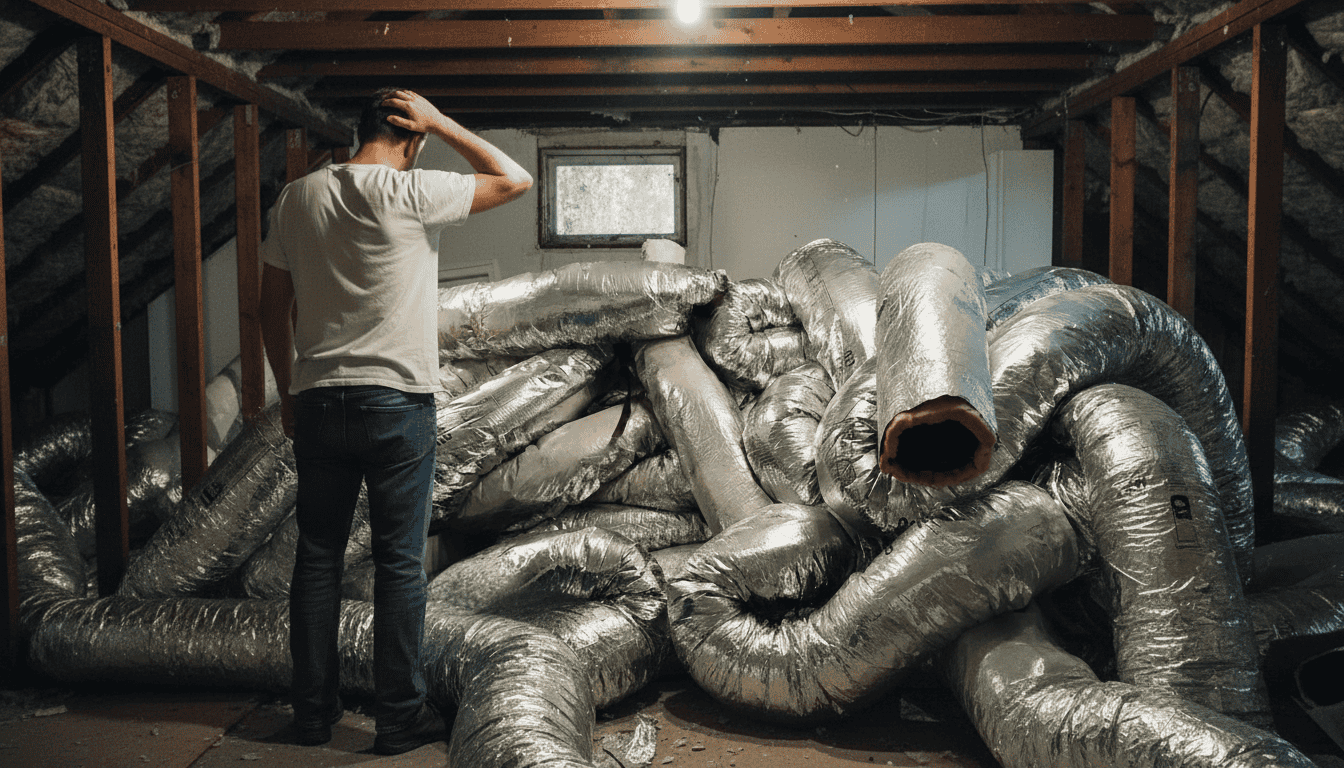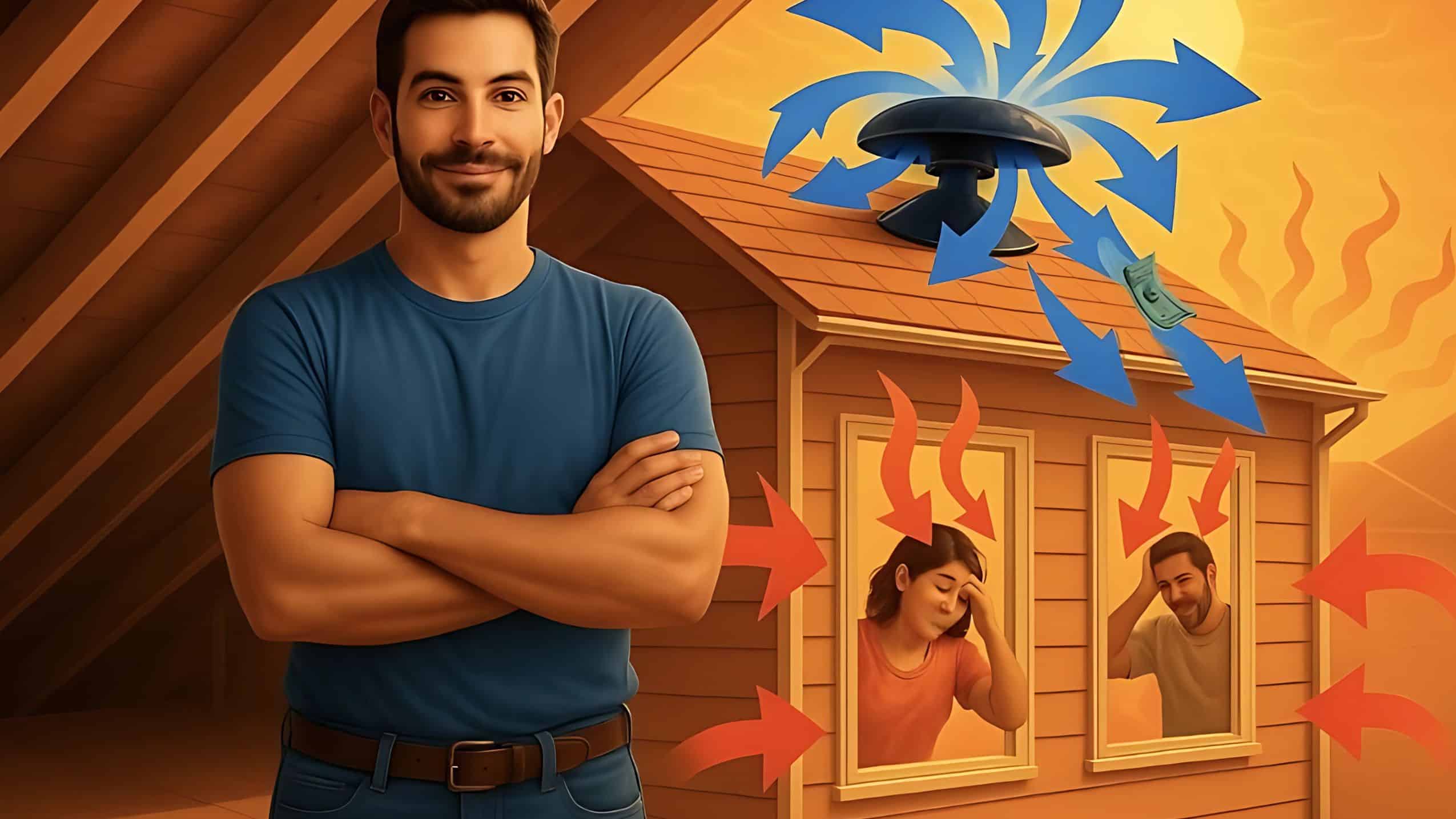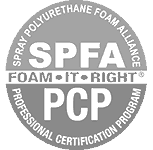The word “Fortify” has become very common these days, especially in the realm of insurance costs in Louisiana. The string of words “FORTIFIED Homes” and “FORTIFIED Roofing” started finding its way into Louisiana’s vocabulary in 2022 during the rebuilding from Hurricane Ida’s devastating landfall. In 2023, the Fortified chatter had begun picking up pace, more along Louisiana’s Gulf coast than anywhere else.
Fortify or FORTIFIED?
FORTIFIED Roof is a trademark term of the Insurance Institute for Business & Home Safety (IBHS), which is responsible for defending against any damaging or confusing uses. Whereas the word “fortify” in this industry generally means strengthening the home’s roof and other structural features, the capitalized version “FORTIFIED” is a designation of IBHS, a non-profit company established and funded by insurance companies.
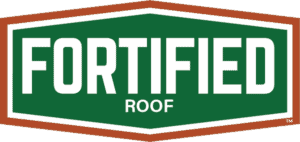
Eventually, in the summer of 2023, The Fortified Homes grant program received $30 million in funding from Louisiana, providing $10,000 grants towards the installation of residential Fortified Roofs. These grants afforded the installation of 3,000 qualifying roofs. As of April 2024, the state Department of Insurance had finished certifying the new Fortified roofs of almost 500 of the original 3,000 application recipients.
A FORTIFIED roof is an optional roofing system that exceeds standard building code requirements and is designed by the Insurance Institute for Business and Home Safety (IBHS) for new construction and re-roofing projects. The primary goal of a FORTIFIED roof is to enhance the resilience of residential properties and commercial buildings against several weather-related events such as high winds, hurricanes, hail, and severe thunderstorms.
FORTIFIED roof requirements encompass a range of features that strengthen the roof structure and improve its ability to withstand extreme weather conditions. These requirements include more substantial roof edges, a sealed roof deck, enhanced roof deck attachment systems, and impact-resistant shingles. By incorporating these elements, FORTIFIED roofs provide increased protection to homes and buildings, reducing the risk of damage during severe weather events.
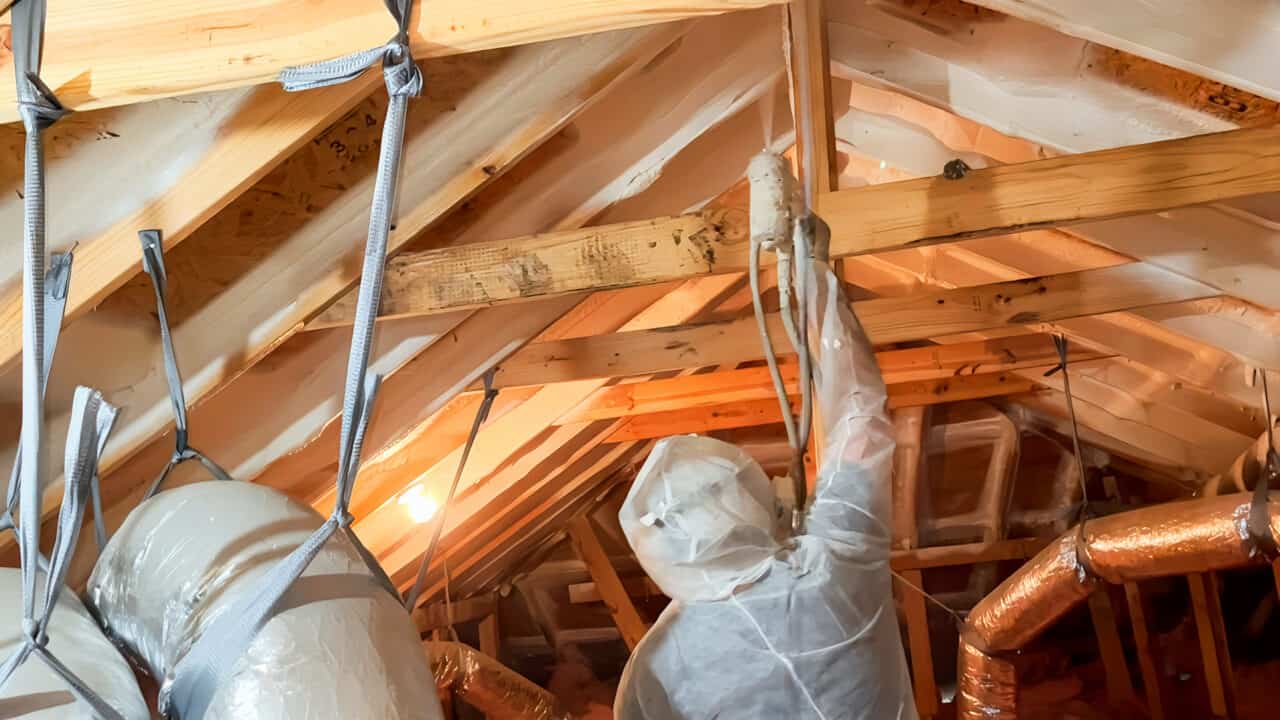
Regarding the cost of installing a FORTIFIED roof, additional expenses are involved when upgrading the roof installation to meet the FORTIFIED standards. These costs typically cover the materials and labor required to make the Roof more robust and resilient. According to estimates provided by the IBHS, the additional costs for implementing FORTIFIED roof features on a 2,000-square-foot home can range from $1,000 to $3,000. However, working with many local roofing colleagues in the industry, we’ve found realistic price ranges to be significantly higher than what IBHS has stated.
Speaking of average price ranges, we see roughly $400 to $500 per roofing square (100 sqft) for a new quality roof versus $600 to $700 and even higher for nearly the same roof but installed per the additional criteria required by IBHS FORTIFIED standards.
Overall, investing in a FORTIFIED roof can provide homeowners and building owners with peace of mind, knowing that their property is more securely protected against the destructive forces of nature. While an upfront cost is associated with upgrading to a FORTIFIED roof, the long-term benefits of increased durability and reduced risk of weather-related damage can outweigh the initial investment by years, not including loss of use and all the additional stresses that come with restoration and insurance companies.
Where does the FOTIFIED Roof process begin?
Some individuals first seek a roofer for more information about a FORTIFIED Roof. Others go right to the source: a licensed Wind Mitigation Surveyor or a Certified Fortified Evaluator.
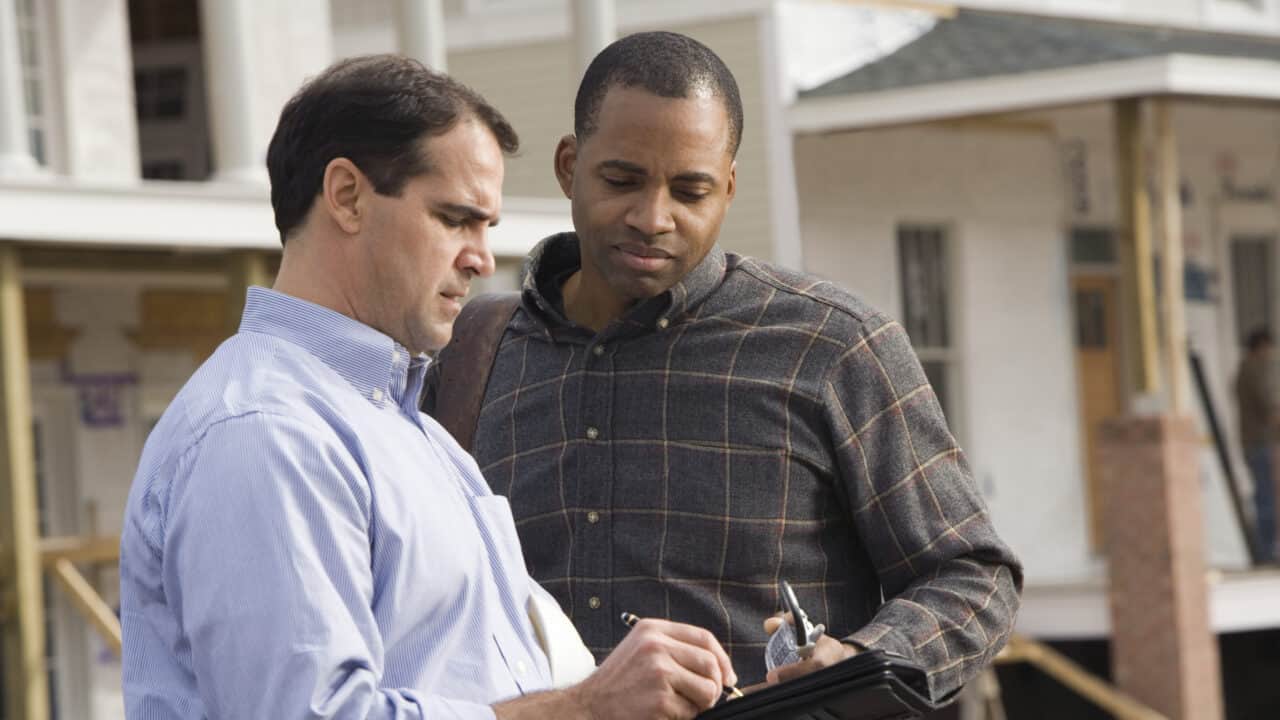
The Wind Mitigation Survey assesses your home’s ability to withstand strong winds, typically during hurricanes. This survey helps insurance companies determine your home’s vulnerability and adjust your homeowners insurance premiums accordingly. The more wind and storm mitigation measures you apply to your home, the higher your insurance discounts. The Wind Mitigation survey is for the current condition. (No New Roof)
A FORTIFIED Evaluation requiring a certified evaluator is specifically for installing a new Fortified roof or a Fortified Retrofit using a specific type of polyurethane closed cell foam from the underside of the roofline.
To be clear, a roofer, Certified FORTIFIED or not, can not designate or submit the Roof as FORTIFIED. Only a FORTIFIED Evaluator can provide this inspection and submit it to the FORTIFIED Program for qualification.
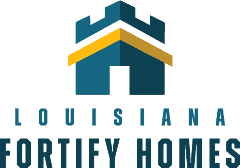
Is this program new to Louisiana?
Interestingly, since 2007, insurance carriers in Louisiana have been required to offer premium discounts for properties that comply with the building code and to install mitigation measures that reduce wind-related losses. In fact, your home may already have many qualifying construction techniques, including roof bracing, secondary water barriers, opening protection, and more. Discounts will be applied once you receive a Louisiana Hurricane Loss Mitigation Survey from a licensed Wind Mitigation Surveyor and submit it to your insurance carrier directly or through your insurance agent. The Wind Mitigation Survey has always been required to achieve these discounts.
FORTIFIFIED Evaluation or a Hurricane Loss Mitigation Survey. Which one should I apply for?
First, if your focus is on getting insurance discounts to improve your roof to FORTIFIED standards, then you need a FORTIFIED Evaluator. However, many homes cannot qualify for a FORTIFIED Roof for several reasons. Still, they can be eligible for the same or similar insurance carrier discounts by applying closed cell spray foam to the underside of the roof deck, which enables several discounts from a Wind Mitigation Survey.
Wind Loss Mitigation Survey Form
The type of roof structure is the best decider: FORTIFIED or Hurricane Loss Mitigation.
Also, some insurance carriers offer discounts for the FORTIFIED certificate but do not for these same qualifying improvements on the Wind Mitigation Survey. Other carriers offer discounts on similar, or the same qualifying wind and rain enhancements as required by the FORTIFIED Program but do not offer these discounts for a new or foamed retrofit FORTIFIED Roof. Therefore, the homeowner should call their carrier or agent first; hopefully, either will understand the question well enough to respond accurately.
Hence, why there is so much confusion in the FORTIFIED Program versus the Louisiana Residential Storm Mitigation incentives.
Download The LA Loss Mitigation Survey Form
Finally, although both the FORTIFIED certificate and the Wind Mitigation Survey can achieve the same or similar insurance discounts (depending on the carrier), the Wind Storm Mitigation Survey is required to receive the Louisiana Hurricane Loss Mitigation Tax deduction of 50% of the qualifying improvements listed on the survey. Neither a FORTIFIED Roof certificate nor the FORTIFIED Evaluator can provide the Wind Mitigation Survey. A licensed Mitigation Surveyor is necessary to achieve these tax incentives on many mitigating measures – not only the roof – in addition to the insurance discounts.
By helping many clients manage the confusion of these two programs, Diversified Energy has learned and absorbed the practical knowledge necessary to direct future clients in the right direction to pursue which route is best for them. In some cases, a homeowner can benefit by utilizing the FORTIFIED and the Wind Mitigation programs at the same time.
Yep, it’s never easy, is it?
